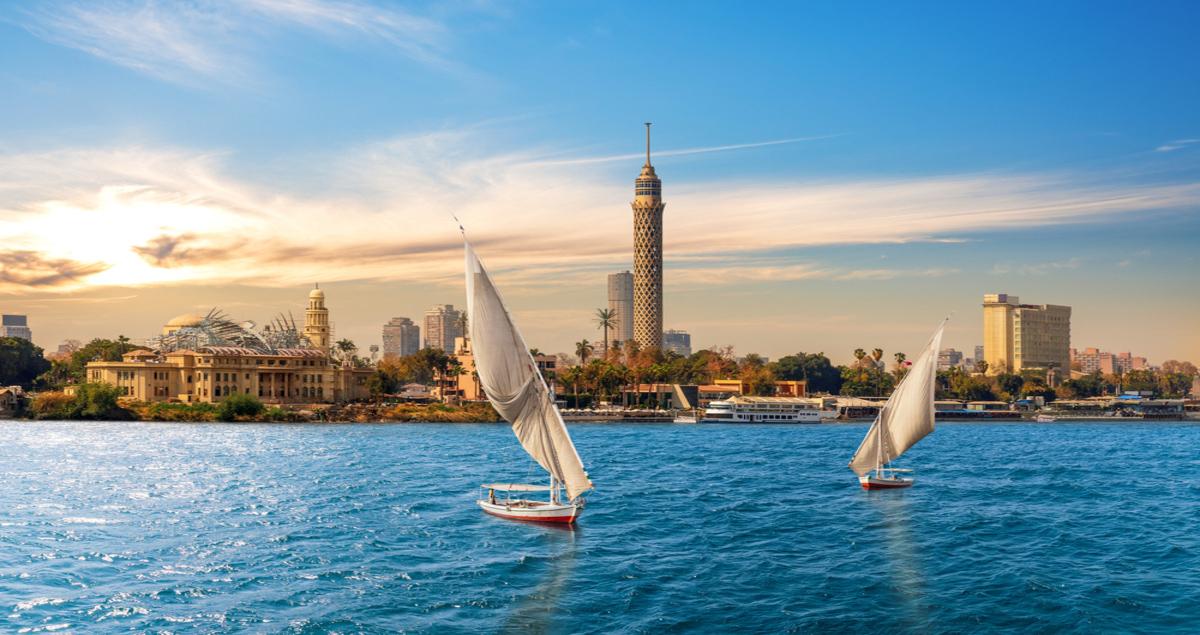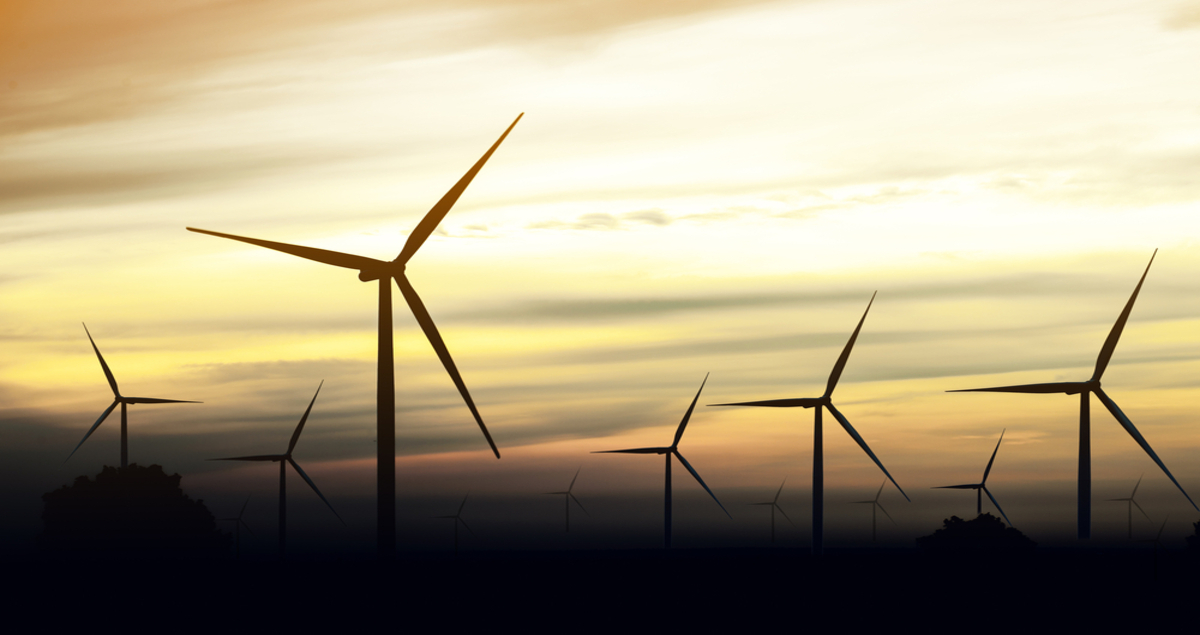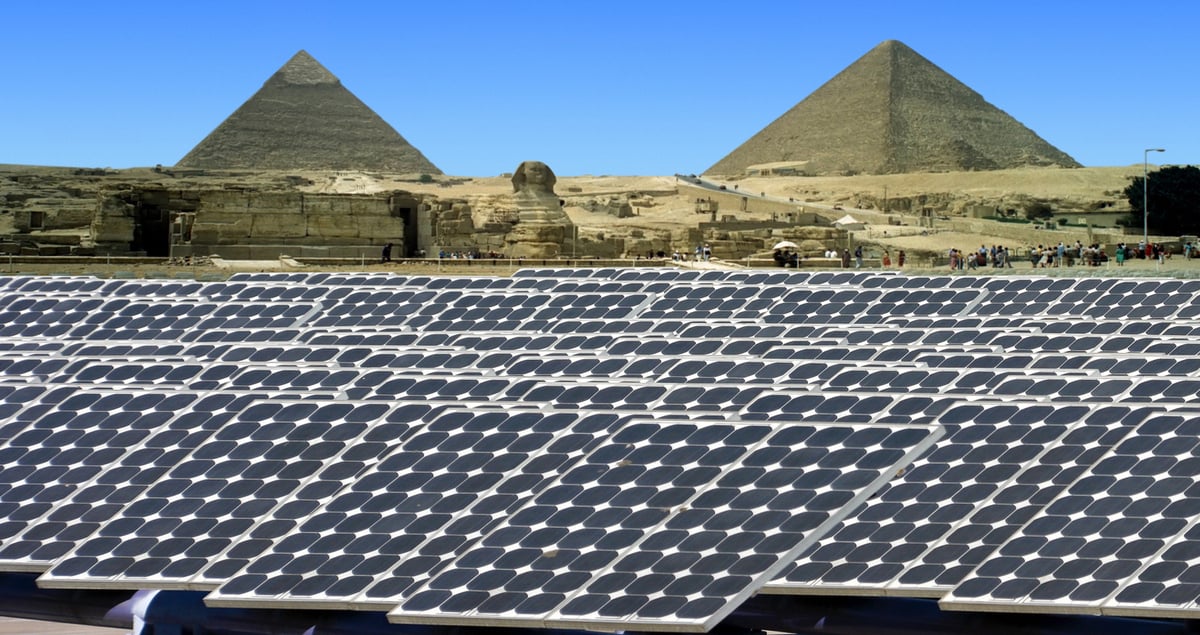Unlocking Egypt’s net zero potential: From renewables to hydrogen

The COP27 host nation, Egypt, possesses a raft of natural resources that could help it meet its renewables targets. Together with other countries in the region, it has considerable amounts of available land, year-round sunshine, high wind speeds and proximity to big energy markets in Europe.
Egypt has already pledged to increase the shares of solar, wind, hydrogen and hydropower in its energy mix, with the goal of producing 42% of its energy from new and renewable sources by 2035, up from around 20% now.
So how exactly does Egypt plan to utilize its renewable potential, and what lessons could it hold for other Middle Eastern and North African nations?

Regional potential
Renewable electricity has grown by 40% in North Africa over the last decade, according to the International Energy Agency, driven by wind, solar photovoltaic and solar thermal projects
But renewables in Egypt are still running behind global trends. The worldwide power mix was 28% renewable in 2021.
The route to environmentally sustainable power that is also secure and affordable — sometimes known as the energy trilemma — is still a challenge. It means North Africa is likely to remain reliant on fossil fuels for years to come. But with sufficient investment, renewables will come to make up more of the mix.

Wind and solar opportunities
While Egypt is still working to increase the share of renewables domestically, it also has ambitious plans to become a clean energy hub for the region.
Several energy interconnectors — high-voltage cables that link electricity systems to nearby countries — have already been constructed, joining Egypt to Libya, Sudan and Saudi Arabia. Egypt has plans to become an energy provider for southeast Europe too.
So where will all this renewable energy come from? For Egypt, the opportunities lie most clearly in wind and solar.
North Africa has some of the most favorable sites in the world for harnessing the sun’s energy, as well as significant wind potential in coastal areas, according to the Global Solar Atlas and Global Wind Atlas.
Egypt is already generating wind power in key areas, particularly in the Gulf of Suez and Nile Bank regions, where average wind speeds are typically high.

The country is also in the global “sun belt”, averaging 9-11 hours of sunshine a day, with few cloudy days. It is home to the fourth-biggest solar farm in the world — the Benban Solar Park.
No surprise then that the government is targeting a 21% share of the electricity mix for solar photovoltaic power by 2035, with an additional 5.5% from thermal solar energy.
Egypt hopes wind will generate 14% of its electricity by that date. That would be up from just 2% in 2020, the International Renewable Energy Agency says. The government has allocated 7,845km² of land for future wind projects.
Green hydrogen ambitions
The increases in wind and solar capacity could also lead to opportunities for green hydrogen in Egypt. The government has already signed an agreement with Australia’s Fortescue Future Industries to look at developing green hydrogen production.
In Alexandria, Egyptian oil and gas company ANRPC is partnering with Mitsubishi Power — a power solutions brand of Mitsubishi Heavy Industries (MHI) Group — to install a hydrogen burner to replace a heavy fuel oil burner at its refinery.
Mitsubishi Power's technology decarbonizes thermal power systems by making just a few modifications. The ANRPC conversion will allow the plant’s boiler to run on up to 100% hydrogen by the end of 2023, cutting CO₂ emissions by 22,000 tonnes a year.
Egypt has also partnered with Danish shipping firm Maersk to explore hydrogen and green marine fuel production that would help with the global move towards net zero shipping.
A bright future
Bountiful natural resources will be key to Egypt reaching its ambitious 2035 energy mix targets. But these will not be enough on their own.
Partnerships, a supportive business environment and policy initiatives that fully capitalize on the country’s wind, solar and hydrogen potential will also be critical.
COP27 will help put these goals in the spotlight not just for Egypt, but for the entire world.
Discover more about The green industrialization in Africa





